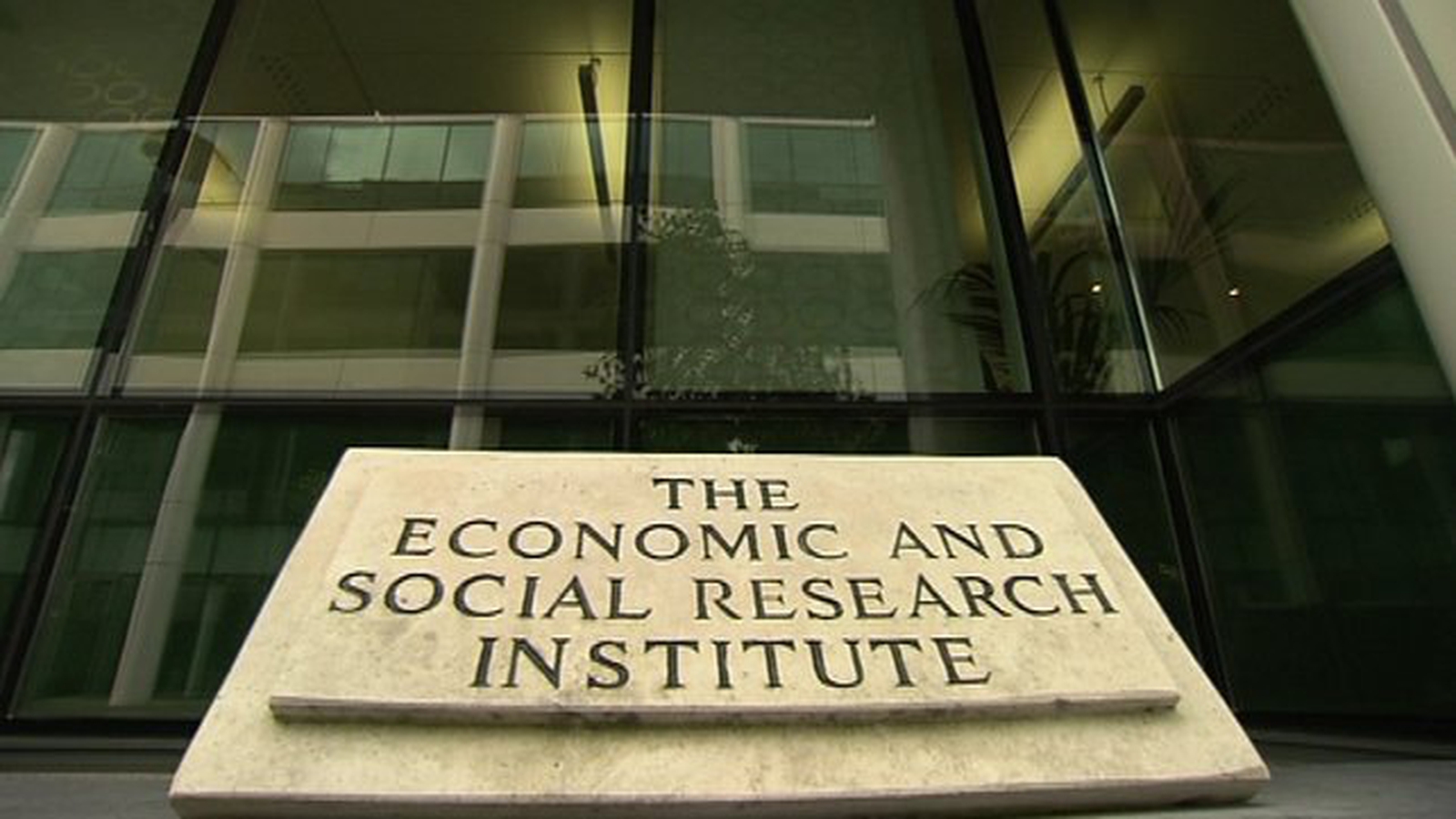The Economic and Social Research Institute lowered its forecast for the economy’s growth this year and raised its outlook for inflation, due to the ongoing war in Ukraine.
In its latest quarterly economic survey, ESRI indicates that inflation could peak at 8.5% this summer before averaging 6.7% throughout the year.
The average inflation rate of 6.7% predicted for this year by ESRI would be the highest annual rate since 1984.
The Russian invasion of Ukraine will have a negative impact on global economic activity and further accentuate inflationary pressures, which were already building up.
This is the view of the Institute for Economic and Social Research, which warns that its latest economic forecasts are highly uncertain with high downside risks due to the ongoing war.
It cut its forecast for economic growth this year to 6.2%.
But even given all the uncertainty, ESRI still believes there will be a small surplus in public finances for the first time in three years.
However, inflation is a serious problem with disposable incomes likely to fall by an average of 2-3% as wage increases are outpaced by rising prices.
ESRI estimates that inflation will average 6.7% this year, but could peak at 8.5% this summer.
He believes that more measures to protect those on low and fixed incomes may be needed.
The think tank also claims that if the government chooses to use it, the Covid provident fund would provide a cushion against inflation and provide humanitarian aid to those fleeing war in Ukraine.
The war in Ukraine has led ESRI to cut its forecast for economic growth this year to 6.2% in terms of GDP and 5% in terms of modified domestic demand.
This compared to a forecast in its Winter Quarterly in December of 7% growth in GDP and 7.1% growth in private label.
Inflation had been forecast to average 4% this year, but has been revised up to 6.7% with a possible peak of 8.5% in June or July.
However, ESRI research professor Kieran McQuinn warned there was “a lot of uncertainty around these numbers” and inflation could turn out “even more acute than that”.
ESRI forecasts a slight surplus in public finances of €1.1 billion, or 0.2% of GDP, this year compared to a previously forecast deficit of €4.8 billion, or 1% of GDP .
But Professor McQuinn said “there are significant downside risks to public finances” if there is a need for additional government assistance to low-income groups or support for specific sectors of the economy. economy such as agriculture, which could be affected by the ongoing war.
The report notes that only 6% of Ireland’s oil imports come from Russia, but this accounts for 67% of our coal imports and 26% of fertilisers.
It also notes a “reputational risk” of about 70 IFSC-registered companies holding 62 billion euros in assets with Russian connections.
But he says these do not belong to institutions or Irish households.
He calculates the Irish financial system’s direct exposure to Russian lenders at less than $2 million, which he describes as “minimal”.

